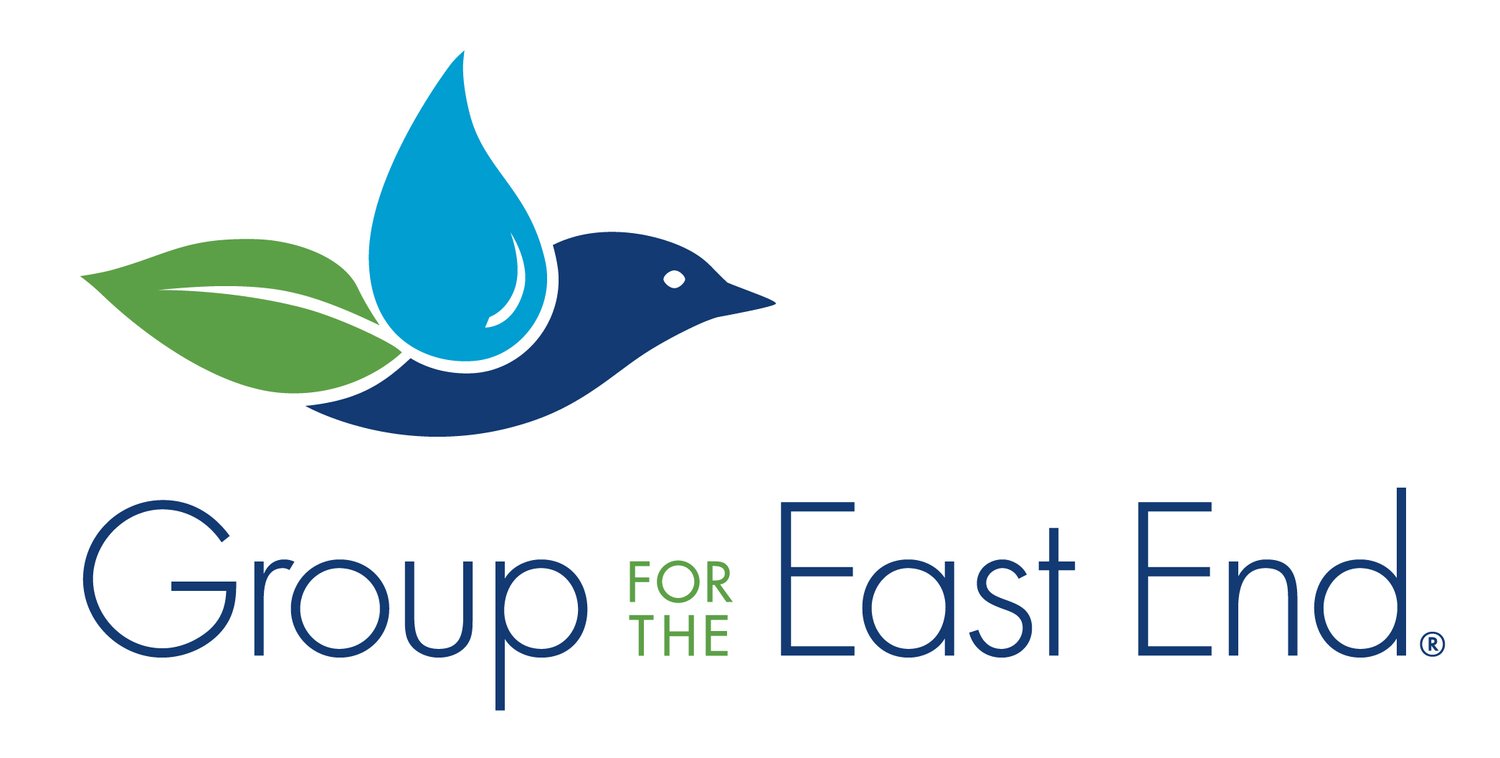The Group’s Anita Wright Finds Community in Habitat Restoration
Group assistant director of environmental education Anita Wright knows a thing or two about habitat restoration — she’s been participating in various projects across the East End over the last 25 years! She also knows the profound value of engaging volunteers of all ages in planting projects. In honor of Nation Volunteer Month, Anita shares the importance of habitat restoration, finding community through volunteer work, and what’s changed over the years.
What are the benefits of engaging volunteers in planting projects?
The extra help is greatly appreciated, but I think another benefit of community planting is the opportunity for volunteers to connect with nature and with other people. These events also give people a chance to talk about environmental issues that concern them, and of course to share cool nature stories and experiences!
What do you think volunteers leave with after participating in these projects?
I believe volunteers come away from a planting with a sense of accomplishment and a tangible connection with nature and other humans. Beachgrass plantings are particularly good at fostering all of these. People are usually planting near others, so they are conversing while digging in the sand, listening to the gulls calling and the waves crashing, and smelling the salty air. When finished, looking at hundreds and sometimes thousands of plugs of beachgrass they have planted collectively can be very impressive and rewarding!
Any favorite/memorable planting projects from years past?
I’m grateful to have been involved in so many great habitat restoration projects over the last 25 years, but the one that stands out is the time East Hampton Marine Patrol ferried a group of students, beachgrass, and equipment over to Dayton Island in Three Mile Harbor in Springs. The island was acquired by the Town of East Hampton as a nature preserve and a house on the island had been demolished. The students planted beachgrass on the exposed site to help stabilize the sand. Most of the kids had never been on a boat! Plus, we ate Oreo cookies on the return boat trip. It really was a great day.
How have these projects changed over the years? Any major differences from your earlier efforts?
The goal of these projects is to use native plants to restore habitat that has been damaged for one reason or another. What I’ve noticed over the years is that erosion of our coastlines has worsened due to frequency of strong storms and higher levels of water. If the beachgrass is planted too close to the water, (should be at the closest about 100 feet above mean high tide) it will wash away in the next storm. That’s money, plants, and the effort of people down the proverbial drain. I’m more discerning in choosing beaches where I think the plants have the space and time to establish and build a dune.

